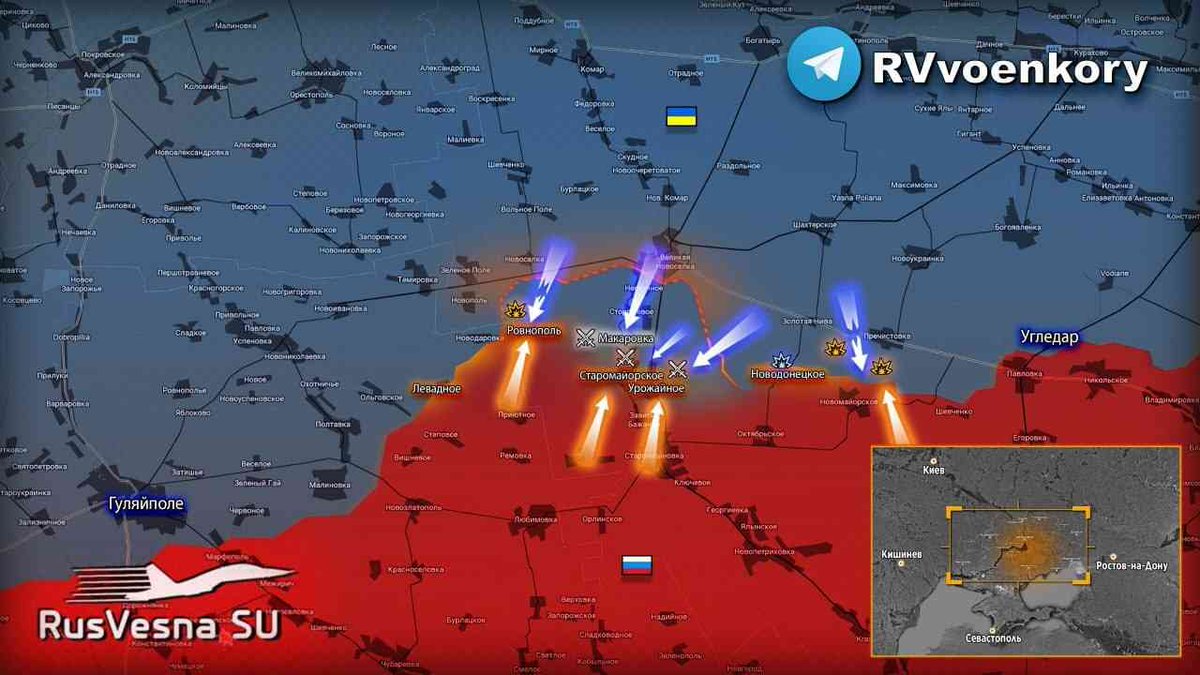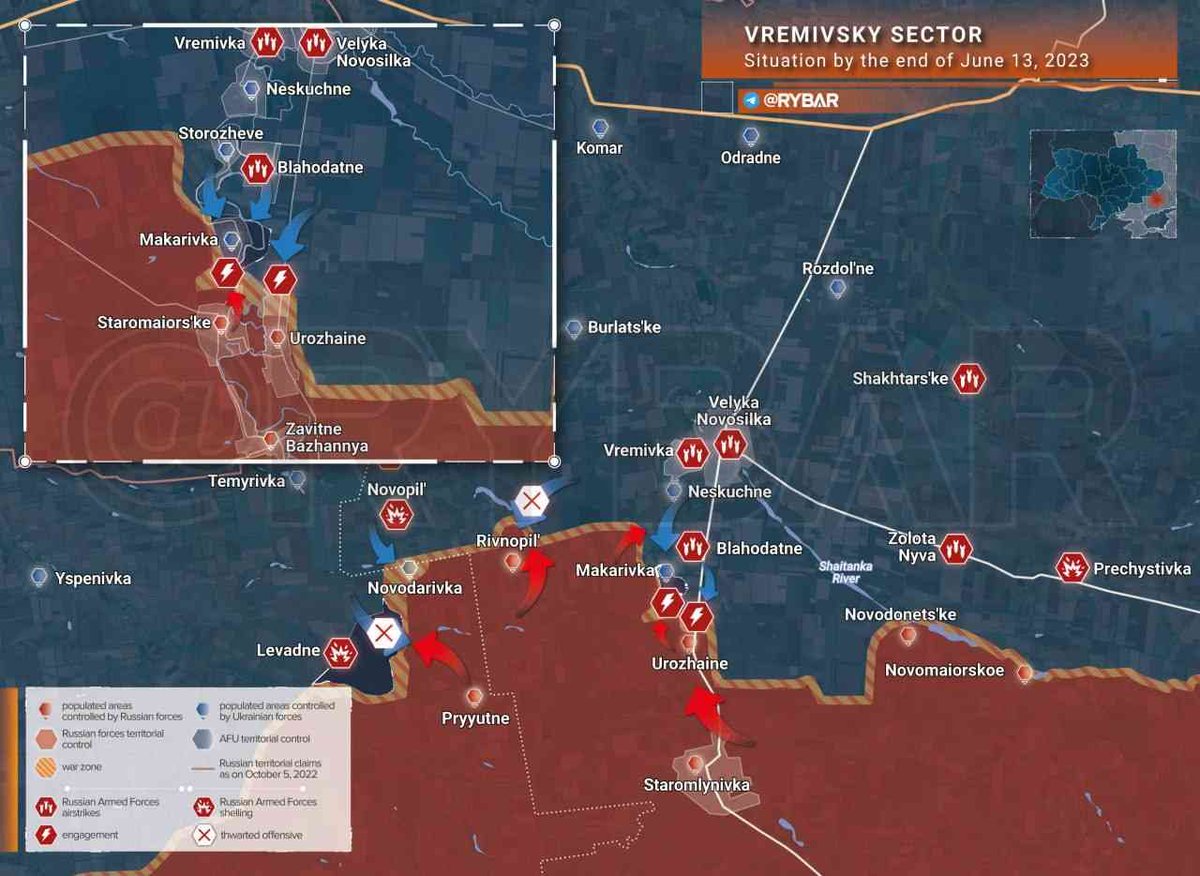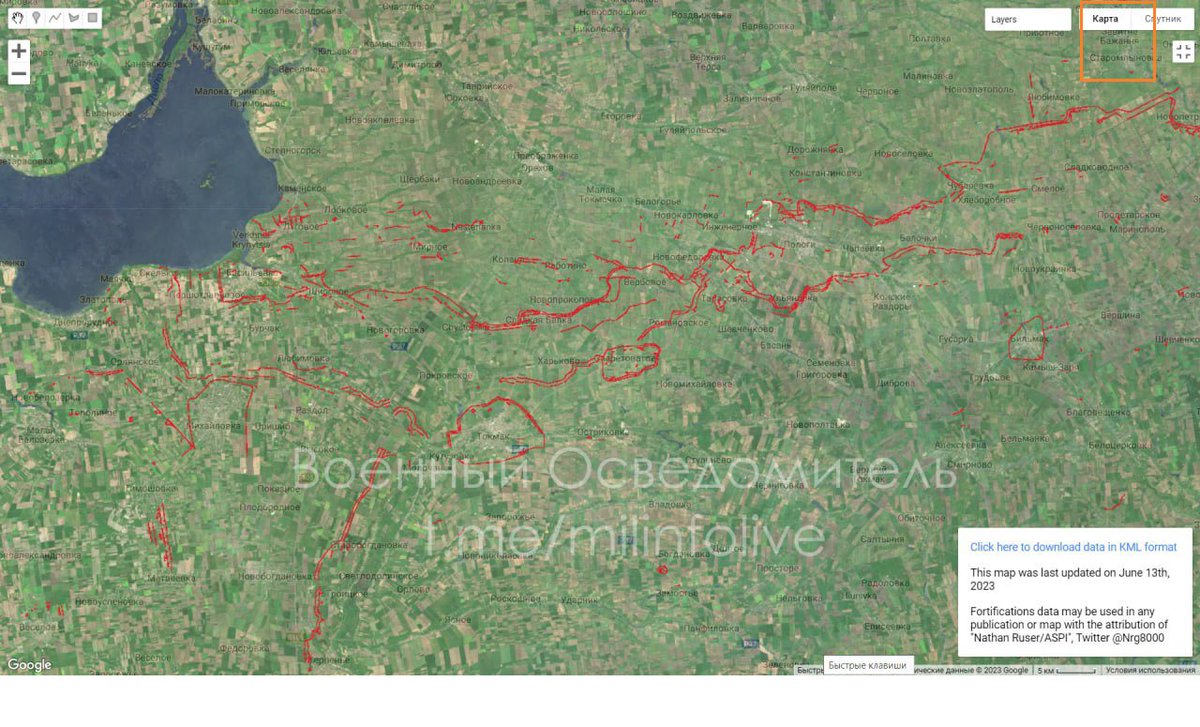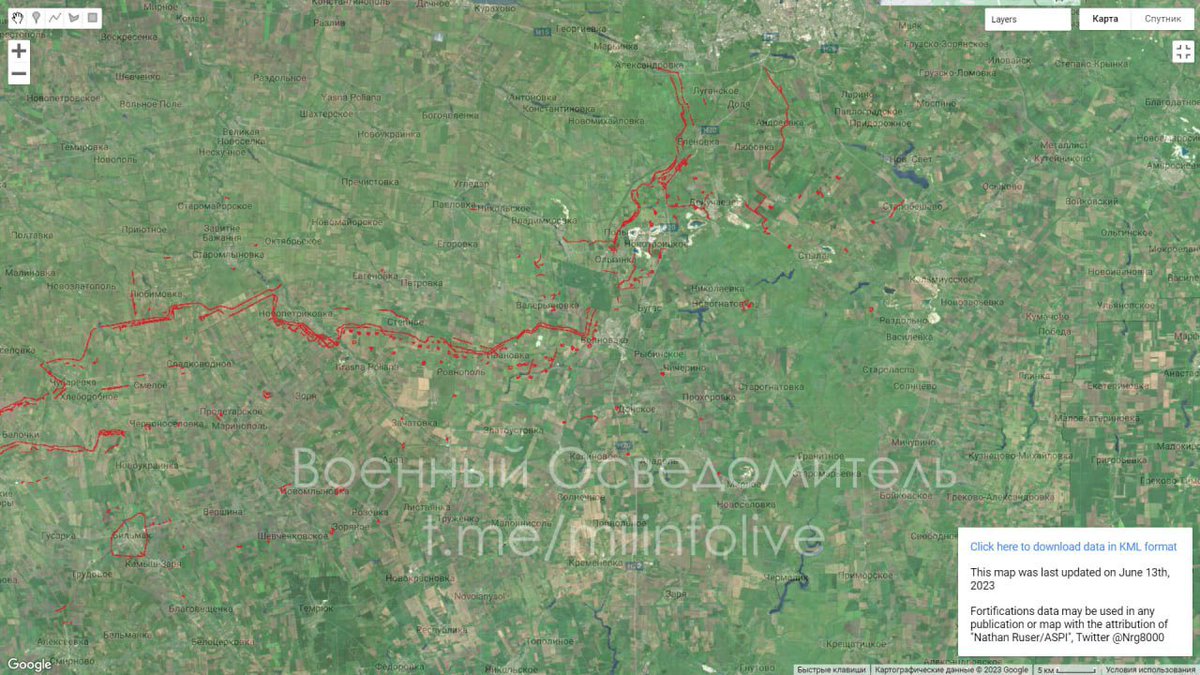This is very apropos today because Putin revealed details of the April 2022 Russo-Ukrainian peace treaty to the African peace delegation today.
NATO seems to have promised Zelensky not just unlimited support but a war-winning superweapon to get him to denounce the agreement.

NATO seems to have promised Zelensky not just unlimited support but a war-winning superweapon to get him to denounce the agreement.


This led directly to the provision, starting in late April 2022, of vast quantities of Western precision weapons linked to the full glare of NATO's intelligence and surveillance apparatus.
No other escalation in Western support has remotely approached this one in significance.

No other escalation in Western support has remotely approached this one in significance.


This explains why HIMARS - America's most dangerous surface-fired weapon and an enormous leap up the escalation ladder from the previous shoulder-fired missiles - arrived in Ukraine so early and when the AFU still had substantial rocket and missile forces remaining. 



This also explains why NATO (read: the US) has been willing to expend so much of its stock of precision-guided MLRS munitions in Ukraine.
This war was to have been the first test of Western next-generation battle doctrine, focused on persistent surveillance and precision strike.
This war was to have been the first test of Western next-generation battle doctrine, focused on persistent surveillance and precision strike.

This is a concept that has been mooted for decades now, going back to the original Future Combat Systems concepts of the late 1990s.
The idea is that light Western forces will be able to use "information dominance" and precise long-range fires to win with minimal losses.
The idea is that light Western forces will be able to use "information dominance" and precise long-range fires to win with minimal losses.

Col. Douglas Macgregor (a far higher profile military commentator than myself) has presented precisely such a concept as the "Light Reconnaissance Strike Group," essentially an off-the-shelf FCS Brigade.
You can read the whole presentation at: douglasmacgregor.com/LRSGBriefing.p…
You can read the whole presentation at: douglasmacgregor.com/LRSGBriefing.p…

This thinking was also influential in designing the United Kingdom's new Strike Brigade concept, mounted in wheeled APCs but intended to square off with Russian armored formations by using standoff fires and precision missiles.
See: wavellroom.com/2020/01/07/str…
See: wavellroom.com/2020/01/07/str…
The provision of exactly these capabilities to Ukraine was intended to enable them to target and destroy Russian forces at an absolutely industrial scale, day after day after day, leading to their military collapse and defeat. A "strategy of corrosion" if you will. 

The war planners at NATO thought this would work because, as explained above, this was exactly how they themselves intended to fight in the future - stiff-arming heavier enemies with precise fires from standoff distances.
Unfortunately for them, there are no shortcuts in war.
Unfortunately for them, there are no shortcuts in war.

The Russians quickly adapted to the new threat by dispersing, hiding and digging-in their forces, interdicting launchers and missiles, deploying effective GPS jammers, and revealing that their air defenses can do missile defense.
Video: Pantsir shooting down 12 GMLRS missiles.
Video: Pantsir shooting down 12 GMLRS missiles.
The end result of this has been much like the end-result of most life hacks - wasted time, effort and money, with the problem remaining very much unsolved.
NATO is running out of precision weapons and the Russian position in Ukraine is probably better now than it has ever been.
NATO is running out of precision weapons and the Russian position in Ukraine is probably better now than it has ever been.

• • •
Missing some Tweet in this thread? You can try to
force a refresh

 Read on Twitter
Read on Twitter

































